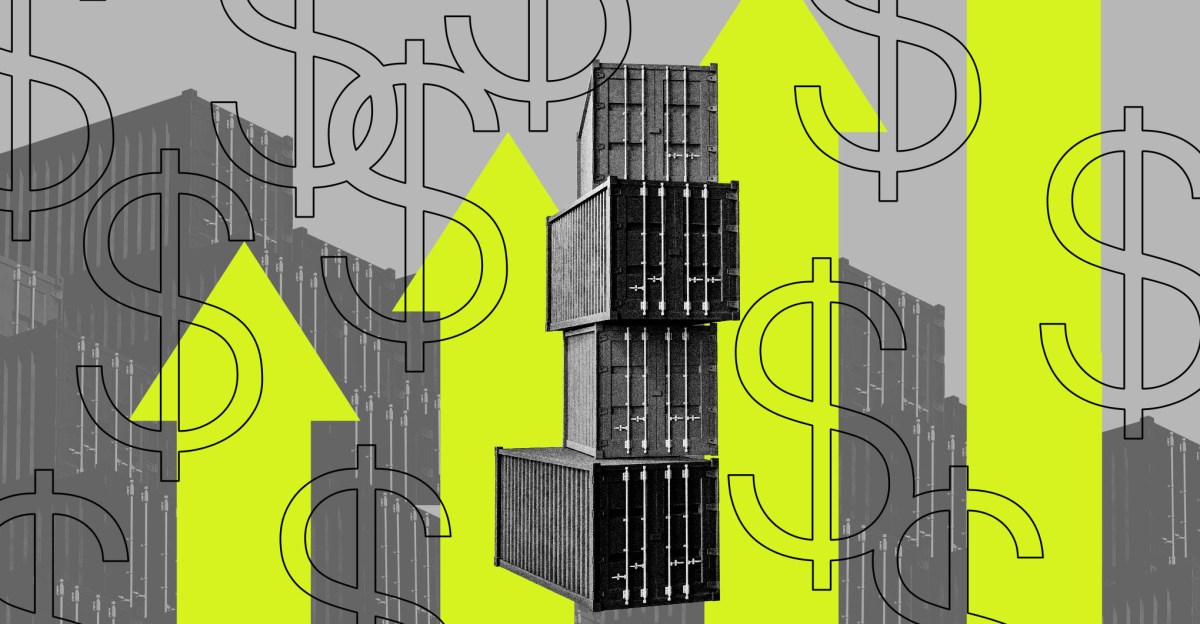The Implications of Trump’s Trade War on the U.S. Economy and Trade with Mexico and the Restricted Use of Customs and Customs
President Trump is threatening to impose steep tariffs this weekend on imports from Canada and Mexico if they don’t change their ways.
Trump threatened tariffs on imports from Colombia last weekend, but changed course after that country reached an agreement with the U.S. on terms for accepting deportees. The stakes of a trade war with Mexico and Canada are much higher. U.S. trade with each of its neighbors is more than double that of the country it’s in.
Businesses and shoppers in the US have already made contingency plans. Trade data released earlier this week showed a sharp rise in imports in December, suggesting some companies tried to stockpile goods before any tariffs take effect.
Matthew Martdin says that Importers tried to bring in goods ahead of time. The costs and risks of holding inventory are not taken into account. But businesses clearly believe there will be enough demand that they won’t be sitting on this inventory for long.”
The shoppers tried to beat the tariffs. According to the Commerce Department’s figures, personal spending on durable goods jumped in December. Mexico is a top producer of flat-screen TVs.
If Mexico and Canada receive tariffs on pickup trucks, the company said it could shift some production out of Mexico and Canada. But the automaker is reluctant to act while the trade landscape is still uncertain.
Trump’s tariffs on Mexico and Canada: Top priorities for U.S. consumer and business interests in the wake of the X campaign
Martin said that higher costs at the pump for U.S. consumers and businesses around the country would be the result of increasing expenses by 25%.
“We don’t think equity markets would really like 25% tariffs on Canada and Mexico,” Martin said. “It would really hurt the economy and hopefully that dissuades him from going full bore. This might be more of a negotiating tactic.
Canada, Mexico, and China have been hit with US tariffs. President Donald Trump announced that goods imported from Mexico and Canada will face a 25 percent tariff, while goods from China will face a 10 percent tariff. A lower tariffs will be imposed on energy resources from Canada. The administration claimed they were going to hold China, Mexico, and Canada accountable for their promises to halt the influx of poisonous drugs into the United States in a series of posts on X announcing the tariffs.
10 percent tariffs on goods from China, the US’s third largest trading partner and a source of everything from cheap clothing to electronics, is one of the options being considered by Trump.
In a post on Truth Social, President Trump said that the international emergency economic power act was used to fight illegal aliens and deadly drugs. Ensuring the safety of everyone should be my responsibility as President.
Canadian crude oil will be subject to a lower, 10% tariff, which could mitigate the effect on U.S. gasoline prices. Midwestern oil refineries are heavily dependent on Canadian crude.
The trade in spirits has been free of tariffs since the 1990s. The Distilled Spirits Council of the U.S., the Chamber of the Tequila Industry, and Spirits Canada stated that U.S.-Canada trade increased by 147%) while U.S.- Mexico trade surged by 4,080%.
